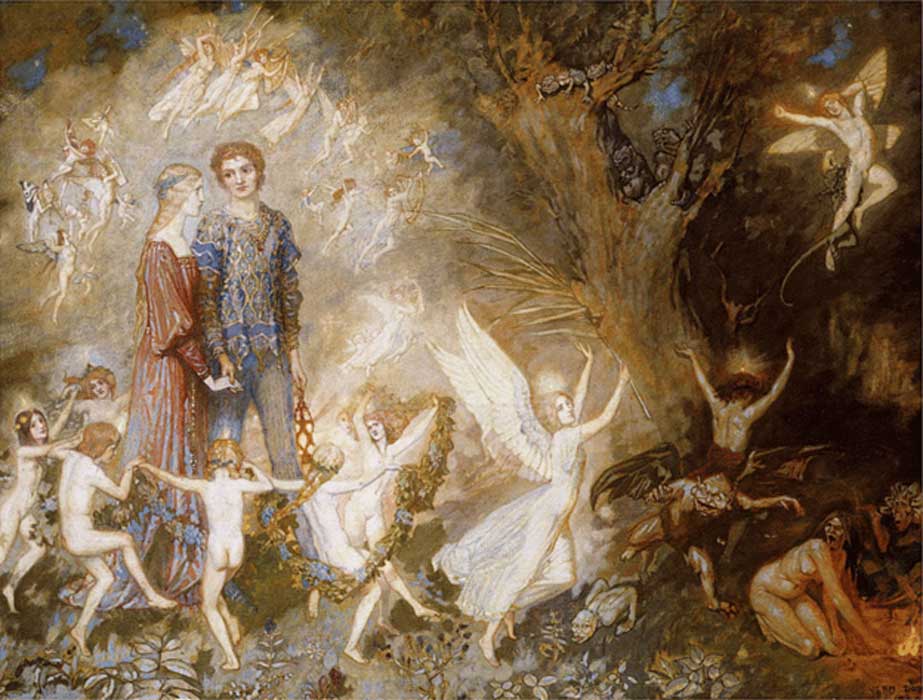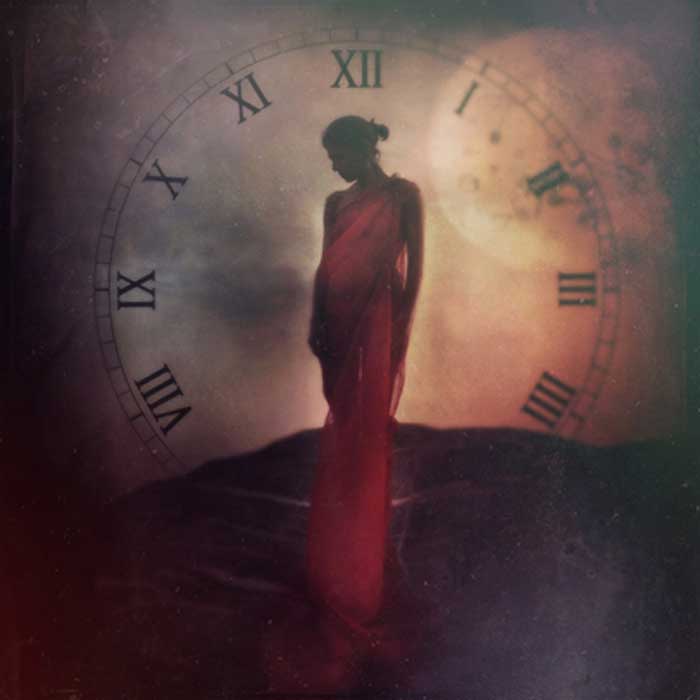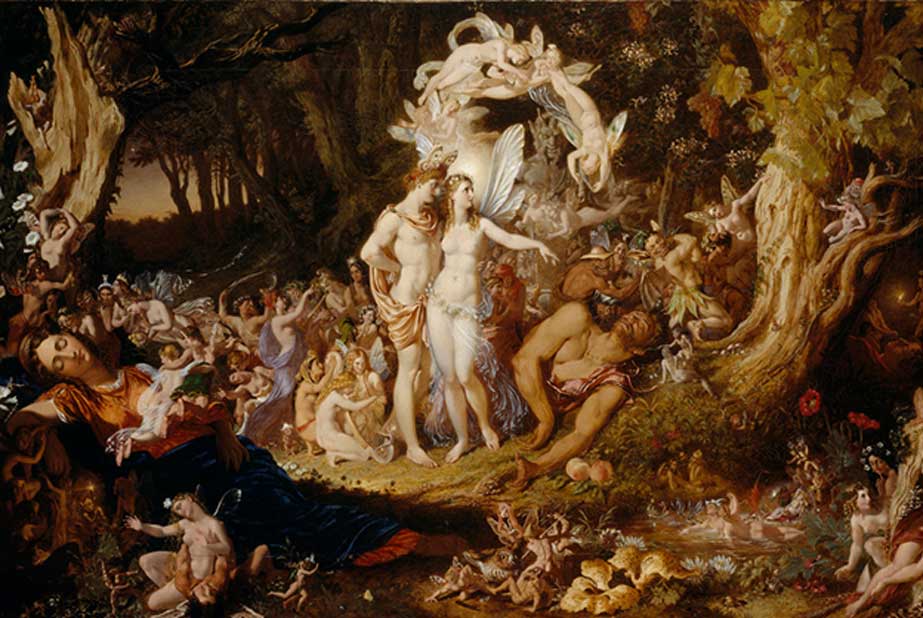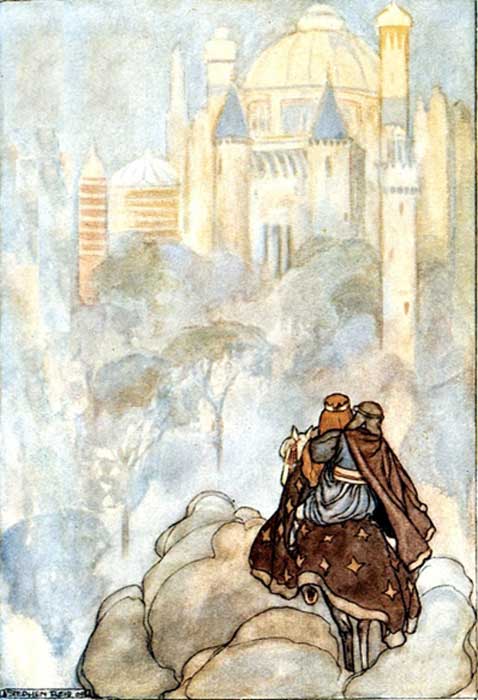
Once Upon A Time: Concepts of Afterlife and Altered Consciousness Concealed in Faerie Folklore
Once upon a Time, they all lived happily ever-after. In the 1891 publication The Science of Fairy Tales, the folklorist Edwin Sidney Hartland devoted three chapters to ponder over ‘The Supernatural Lapse of Time in Fairyland.’ He makes it clear that this motif is deeply embedded in worldwide folklore and mythology from a wide variety of chronological periods. He suggests that the consistency of the story elements involving the strange relative movement of time in faerie folklore, must stem from a common mythological theme, although he usually stops short of discussing this theme in favor of telling the actual stories. Within these supernatural lapse of time tales there are essentially three ways that time can behave in contradistinction to normal reality: Firstly, time stops in the outside world, while in faerieland many years can pass with the human participant living a life of enjoyment or suffering with the faeries. The protagonists usually break a taboo of some sort and find themselves back in the real world, where no time has passed. These stories are in the minority. More often the time dilation moves the other way. Secondly, the time distortion can be quite a drastic shift, so that a character spending minutes, days or weeks in faerieland comes back to consensus reality to find decades or even centuries have passed, or thirdly, a few minutes caroling with the faeries turns out to be any length of time up to a-year-and-a-day, once they return to the world they came from.

‘Time Never Flows When we are Incomplete’ (Image: Ylenia Viola)
Faerie Circles: Dream State Consciousness
The First: Hartland points out that the folkloric faeries of Wales, usually known as the Tylwyth Teg, were particularly prone to abducting humans, usually through the ruse of tempting them into a dancing circle where they become enmeshed in a time-distorted reality. One typical 19th century tale has a lonely shepherd doing just that on a hillside in South Wales, after which he finds himself in a glittering palace with pleasure gardens, inhabited by the faeries. He lives there for years, even taking the chance to get involved in some romantic attachments with the beguiling black-eyed female faeries. But despite being warned off the fountain, which is filled with gold and silver fish, in the middle of the main garden, he can't resist overturning the prohibition, and one day, inevitably, he plunges his hands into the water for a drink. Immediately he finds himself back on the cold Welsh hillside with his sheep, during which no time at all seems to have passed.
As mentioned, this sort of time relativity in folklore is the exception to the rule; it usually works the other way around. Such a story type might represent an adventure experienced while in an altered state of consciousness, turned into a folktale that attempts to convey this unusual state of consciousness through conventional ideas about faerieland. The altered state might represent a waking hallucinogenic state or a dream, both of which can allow seemingly long passages of subjective time to take place in seconds or minutes in the real world. But this is not the usual way time works in faerie folklore.

The Reconciliation of Titania and Oberon by Joseph Noel (1847) (Public Domain)
The Land of No-Return
The Second: Hartland records an 18th century version of the ancient Irish story of Oisín as typical of the second type of time-lapse folktales, recorded throughout Europe and Asia. Oisín is a poet of the Fianna, and falls asleep under an ash tree. He awakes to find Niamh, Queen of Tír na nÓg, the land of perpetual youth, summoning him to join her in her realm as her husband. Beguiled, he follows her, and finds himself living in a paradise of perpetual summer, where all good things abound, and where time and death hold no sway. But soon he breaks a taboo of standing on a broad flat stone, from where he is able to view the Ireland he left behind. It has changed for the worse, and he begs Niamh to give him leave to return. She reluctantly agrees, but asks that he return after only one day with the mortals. She supplies him with a black horse, which he is not to dismount, and 'gifted him with wisdom and knowledge far surpassing that of men.' Once back in Ireland he realizes that decades have passed and that he is no longer recognized or known. Inevitably, he dismounts his horse and immediately his youth is gone and he becomes an enfeebled old man with nothing but his immortal wisdom. There is no returning to the faerieland of the Tír na nÓg. In other variations of the story, the hero turns to dust as soon as his feet touch the ground of consensus reality.
These types of folktales seem to suggest that faerieland is the world of the dead, immune from the passage of time, and that return to the world of the living is not possible as the mortal body has aged and decayed in line with the physical laws of this world. The embedded taboo in the story perhaps represents the idea that a disembodied consciousness cannot break codes in the realm of the Dead, and that if the taboo is broken, the lesson needs to be learnt that there can be no return to corporeality. In the Japanese tale of Urashima Taro, the hero, when returning home, is even given a casket by his faerie bride, in which his years are locked. When he opens it, his time is up.






